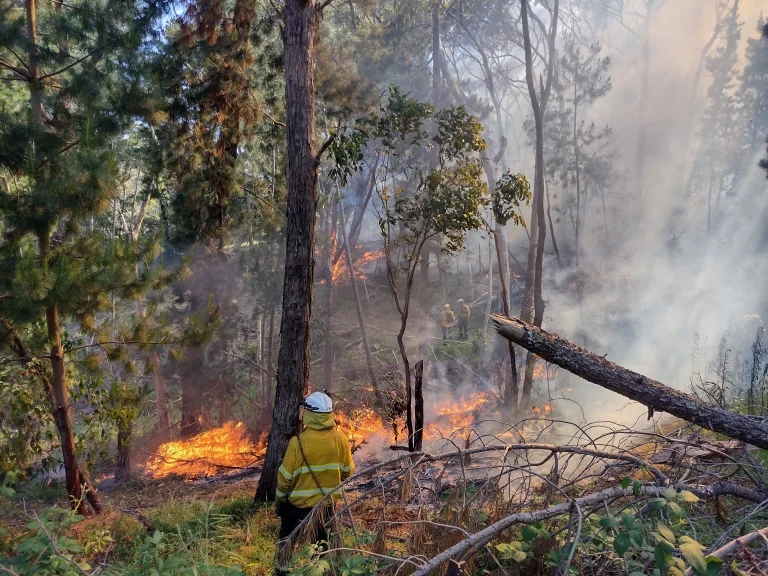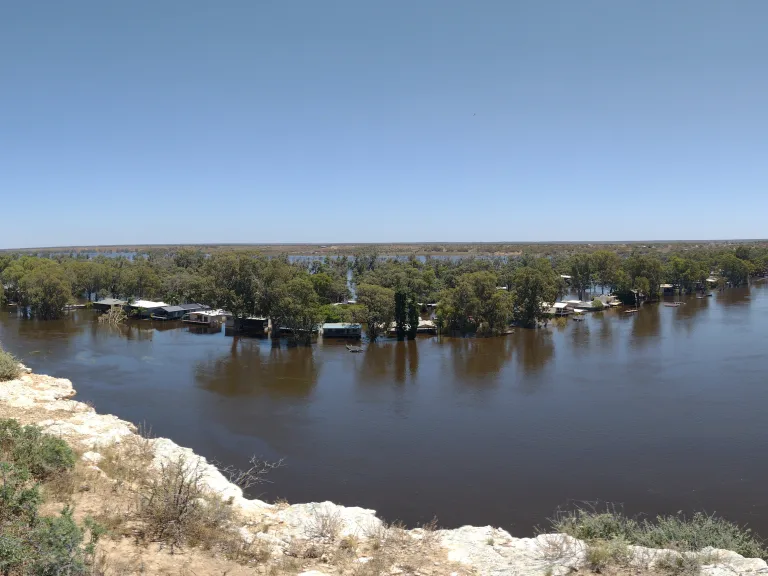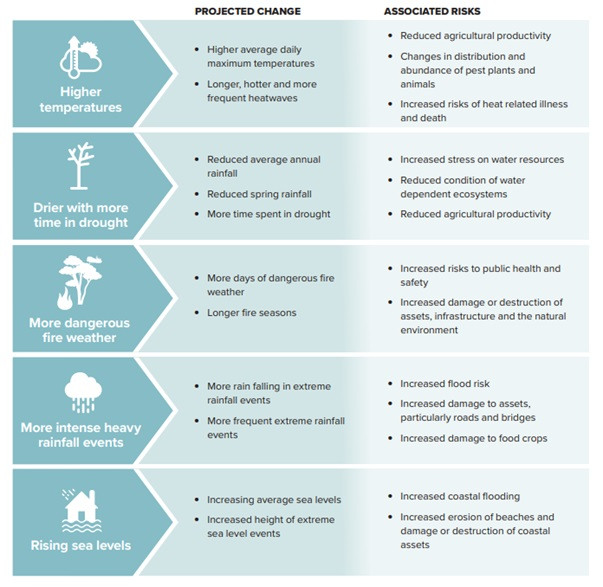- Home
- Environmental Themes
- Liveability
- Climate
Climate
Impacts of a Changing Climate
South Australia’s climate is changing. The frequency and degree of extreme weather events in Australia are increasing. Our climate drives the way we live, and any changes are going to impact our food production, water availability, health and wellbeing, housing and any other aspects associated with our lifestyle. It is, therefore, absolutely vital that we take action now to mitigate climate change and prepare for a change in climate.
The impacts of climate change can have devastating results for our liveability. Increasing temperatures and heatwaves can cause heat-related illness, particularly to those who are vulnerable, for example, babies, older people and those with chronic illnesses. The Australian Institute of Health and Welfare’s 'Let’s Talk about the Weather: Injuries Related to Extreme Weather' stated that, from 2019 to 2022, there were 2,145 hospital admissions across Australia from extreme heat, with 266 of those occurring in South Australia.
Hospitalisations and deaths can also be caused by bushfires, coldness and rain and storms. This report also suggested that real-time surveillance systems should be implemented for extreme weather events to trigger system response alerts within the health system and to provide better linkages between data to help inform impacts of extreme weather events on hospitalisations and death.
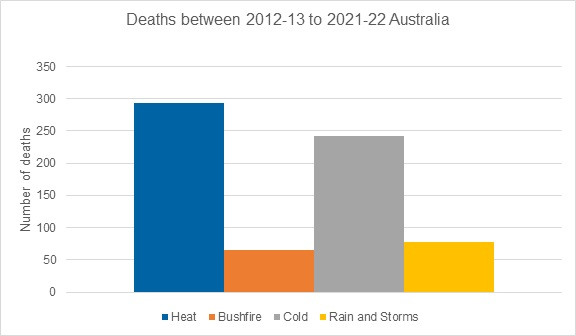
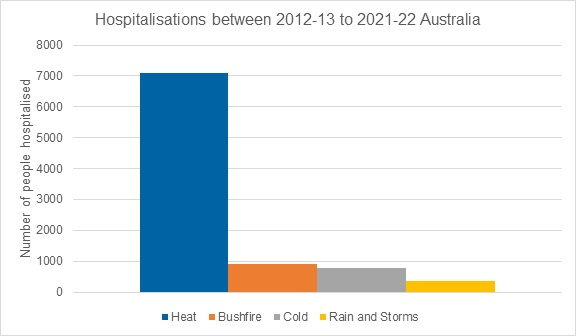
Disasters such as floods and bushfires are likely to be more frequent with climate change. These events can result in the generation of significant volumes of waste that need to be managed and disposed of. Green Industries SA has been the lead agency in the clean-up and removal of waste following the 2019–20 bushfires and the 2022–23 Murray River floods.
Disaster Waste Management Guidelines have now been produced by GISA that provide an emergency management framework to enable more effective and efficient management of post-disaster debris that will lead to more positive outcomes for human health and the environment.
The 2023 Intergenerational Report identifies how climate change will impact our economy, the way we live and our environment. It highlights the importance of investing in improving our resilience to withstand the impacts of climate change and natural disasters and states that according to the Insurance Council of Australia resilience funding could provide returns of $8.10 by 2050 for every $1 invested under a scenario where global temperatures remain at current levels. South Australia has produced a Disaster Resilience Strategy, which is being led by the South Australian Fire and Emergency Services Commission to help build a more resilient South Australia. An update on progress against this strategy has been provided.
Extreme climate and weather events often have greater impacts in regional and remote areas with more distant response and support services. Monitoring data on climate trends and impacts, including heat and air quality, are focused on metropolitan areas in South Australia. Data to inform climate impacts and response in regional and remote areas will become increasingly important.
Check out
The Local Government Association has supported the development of coastal adaptation guidelines to provide support to South Australian councils in assessing and quantifying the likely impacts to coastal councils from coastal inundation and erosion as a result of climate change.
Regional climate partnerships that includes a network of 11 regional cross-sectoral groups has been established to help drive practical action to strengthen the climate resilience of communities, economies, and natural and built environments. Information on various climate projects is also provided.
The Planning and Land Use Services and State Planning Commission are working to embed climate change considerations into planning policy to ensure developments do not increase vulnerability to climate change.
Further Reading
- Planning for Climate Change – Identifies how the South Australian planning system is responding to the challenges and opportunities of climate change.
- Local Government Association of South Australia – Resources on climate change and adaptation.
- South Australia’s 20-Year State Infrastructure Strategy Discussion Paper October 2023 – Outlines discussion points for community consideration to inform the development of a 20-year infrastructure strategy to help assess needs and strategic goals for infrastructure for the next 20 years. This paper reviews and builds on the strategy that was initially developed in May 2020

